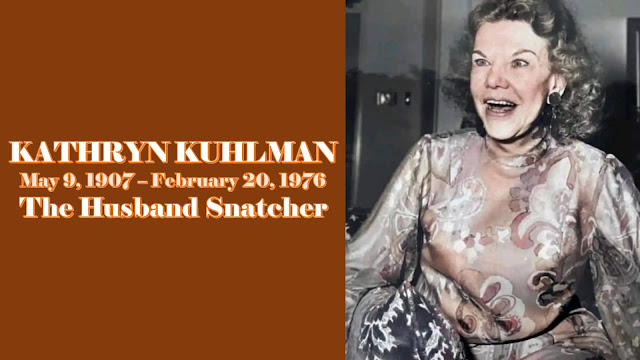THE HOUSE NEGRO vs THE FIELD NEGRO
Speech by Malcolm X
So, you have two types of Negro. The old type and the new type. Most of you know the old type. When you read about him in history during slavery he was called "Uncle Tom." He was the house Negro. And during slavery you had two Negroes. You had the house Negro and the field Negro.
The house Negro usually lived close to his master. He dressed like his master. He wore his master's second-hand clothes. He ate food that his master left on the table. And he lived in his master's house – probably in the basement or the attic – but he still lived in the master's house.
So, whenever that house Negro identified himself, he always identified himself in the same sense that his master identified himself. When his master said, "We have good food," the house Negro would say, "Yes, we have plenty of good food." "We" have plenty of good food. When the master said that "we have a fine home here," the house Negro said, "Yes, we have a fine home here." When the master would be sick, the house Negro identified himself so much with his master he'd say, "What's the matter boss, we sick?" His master's pain was his pain. And it hurt him more for his master to be sick than for him to be sick himself. When the house started burning down, that type of Negro would fight harder to put the master's house out than the master himself would.
But then you had another Negro out in the field. The house Negro was in the minority. The masses – the field Negroes were the masses. They were in the majority. When the master got sick, they prayed that he'd die. If his house caught on fire, they'd pray for a wind to come along and fan the breeze.
If someone came to the house Negro and said, "Let's go, let's separate," naturally that Uncle Tom would say, "Go where? What could I do without boss? Where would I live? How would I dress? Who would look out for me?" That's the house Negro. But if you went to the field Negro and said, "Let's go, let's separate," he wouldn't even ask you where or how. He'd say, "Yes, let's go." And that one ended right there.
So now you have a twentieth century-type of house Negro. A twentieth century Uncle Tom. He's just as much an Uncle Tom today as Uncle Tom was 100 and 200 years ago. Only he's a modern Uncle Tom. That Uncle Tom wore a handkerchief around his head. This Uncle Tom wears a top hat. He's sharp. He dresses just like you do. He speaks the same phraseology, the same language. He tries to speak it better than you do. He speaks with the same accents, same diction. And when you say, "your army," he says, "our army." He hasn't got anybody to defend him, but anytime you say "we" he says "we." "Our president," "our government," "our Senate," "our congressmen," "our this and our that." And he hasn't even got a seat in that "our" even at the end of the line. So, this is the twentieth-century Negro. Whenever you say "you," the personal pronoun in the singular or in the plural, he uses it right along with you. When you say you're in trouble, he says, "Yes, we're in trouble."
But there's another kind of Black man on the scene. If you say you're in trouble, he says, "Yes, you're in trouble." He doesn't identify himself with your plight whatsoever.
___________________________________________________
SOURCE: X, Malcolm. "The Race Problem." African Students Association and NAACP Campus Chapter. Michigan State University, East Lansing, Michigan. 23 January 1963.



Comments
Post a Comment